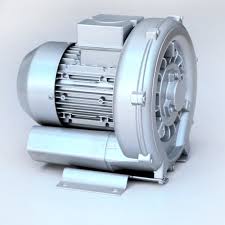How Roots Supercharger Works – Easily Explained?
A Roots supercharger uses two meshing, lobe-shaped rotors that spin inside a housing to force air into the engine’s intake manifold, creating a boost in power. It doesn’t compress the air itself; instead, it traps and moves a fixed volume of air with each rotation, which then compresses due to the engine’s back pressure.
Here’s a more detailed breakdown:
-
Rotor Design:The Roots supercharger features two rotors, often with three or four lobes, that spin in opposite directions within a housing.
-
Air Intake:Air is drawn in from the intake and trapped within the spaces between the rotors and the housing.
-
Air Transfer:As the rotors turn, they carry the trapped air from the intake side to the discharge side of the supercharger.
-
Pressure Build-up:The air doesn’t get compressed inside the supercharger itself. Instead, it’s moved into the intake manifold, where the engine’s back pressure causes it to compress, increasing the air density and allowing for more fuel to be burned.
-
Efficiency:Roots superchargers are known for providing a good amount of boost, particularly at lower engine speeds, making them popular for muscle cars and trucks. However, they can be less efficient at higher speeds and may generate more heat compared to other types of superchargers.
